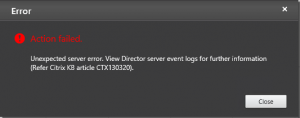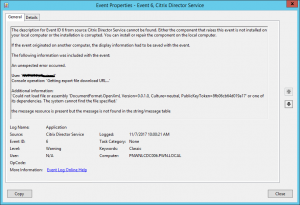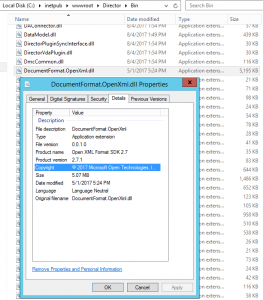I have just finished creating a PowerShell script that changes the local root password for a Citrix XenServer pool.
You will find a ZIP file containing the script here: http://muya.no-ip.info/wordpress/wp-content/uploads/2011/09/Change-root-Password-XenServer.zip
Script:
function Get-EncryptedText($text) {
$Ptr = [System.Runtime.InteropServices.Marshal]::SecureStringToCoTaskMemUnicode($text)
$result = [System.Runtime.InteropServices.Marshal]::PtrToStringUni($Ptr)
[System.Runtime.InteropServices.Marshal]::ZeroFreeCoTaskMemUnicode($Ptr)
$result
}
Try {
Get-PSSnapin XenServerPSSnapin -ErrorAction Stop
}
Catch [Exception] {
If ($env:PROCESSOR_ARCHITECTURE -eq “AMD64”) {Invoke-Expression “$env:systemroot\Microsoft.NET\Framework64\v2.0.50727\InstallUtil.exe ‘c:\Program Files (x86)\Citrix\XenServerPSSnapIn\XenServerPSSnapIn.dll'”; Add-PSSnapin XenServerPSSnapin}
If ($env:PROCESSOR_ARCHITECUTRE -eq “x86”){Invoke-Expression “$env:systemroot\Microsoft.NET\Framework\v2.0.50727\InstallUtil.exe ‘c:\Program Files\Citrix\XenServerPSSnapIn\XenServerPSSnapIn.dll'”; Add-PSSnapin XenServerPSSnapin}
}
$PoolMaster = Read-Host ‘Enter Poolmaster’
$Username = Read-Host ‘Enter Username’
$Password = Read-Host -AsSecureString ‘Enter Old Password’
$NewPassword = Read-Host -AsSecureString ‘Enter New Password’
$NewPasswordPlain = Get-EncryptedText $NewPassword$
PasswordPlain = Get-EncryptedText $Password
# // Build connection to xenserver
Try {
$Connect = [XenAPI.Session] ($(“https://” + $PoolMaster))
$Connect = Connect-XenServer -Server $PoolMaster -UserName $Username -Password $PasswordPlain -NoWarnCertificates
}
Catch [XenAPI.Failure] {
$Connect = Connect-XenServer -Server ($($_.exception.ErrorDescription[1])) -UserName $Username -Password $Password -NoWarnCertificates
}
# // Change Password
$Connect.change_password($PasswordPlain, $NewPasswordPlain)











